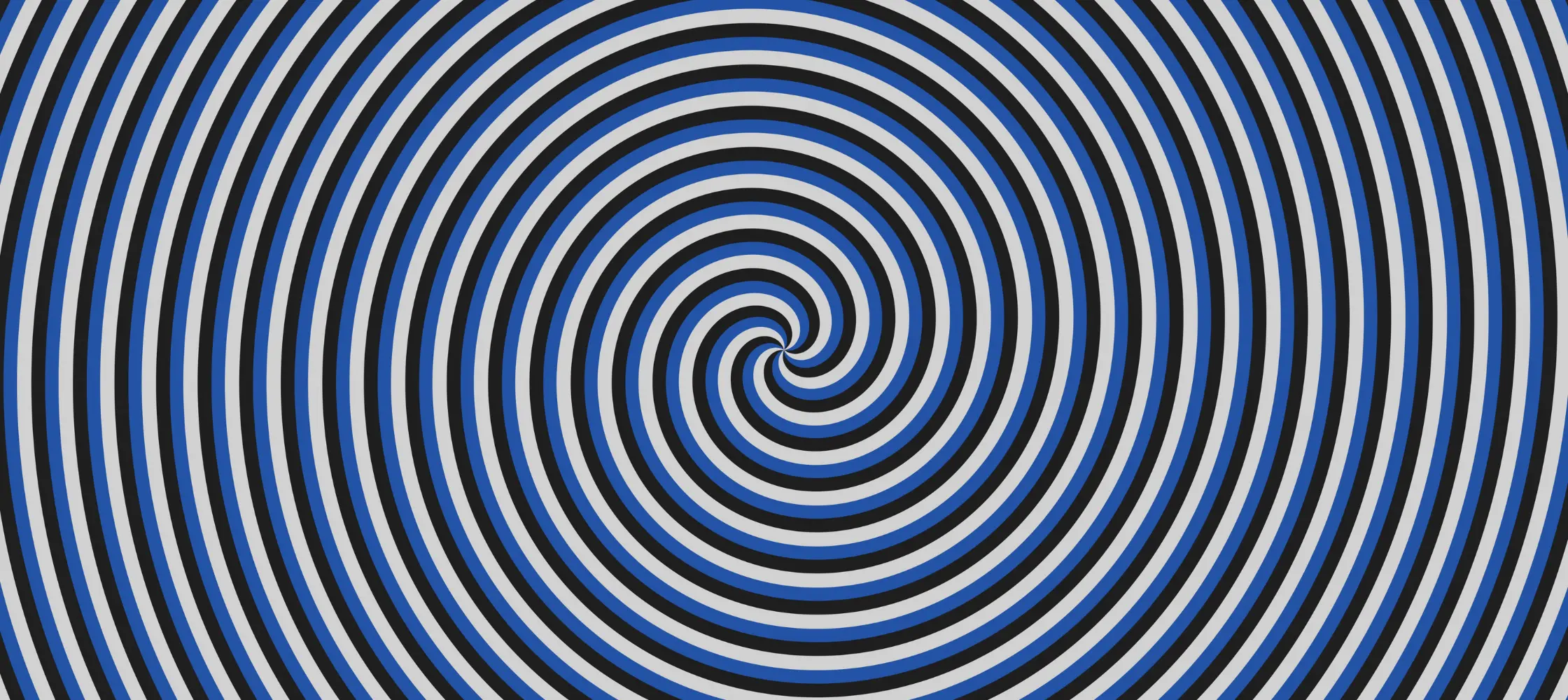
An optical illusion is a visual phenomenon that tricks the brain into perceiving something differently and inaccurately. These illusions often exploit the way our visual system processes information, leading us to see things that are not actually present or misinterpreting the true nature of an object or scene. Optical illusions can be created through various techniques involving color, perspective, contrast, and other visual cues. Different types of illusions are given in the following paragraphs.
Ambiguous figures are images that can be interpreted in multiple ways, such as the famous “Necker Cube” where the orientation of the cube can flip flop in perception whereas motion illusions give the impression of movement where there is none, like the “Rotating Snakes” illusion where stationary images appear to move. Then there distorting illusions which distort the size, shape, or position of objects. For instance, the “Muller-Lyer Illusion” where two lines of equal length appear to be different due to arrows at their ends.
Illusory Contours create contours, edges, or shapes that are not actually present in the stimulus. The “Kanizsa Triangle” is an example, where a white equilateral triangle appears against a background of fragmented black shapes. Color illusions involve manipulating color perception. An example is the “Checker Shadow illusion” where two squares of different shades appear to be the same color due to the surrounding content.
Anamorphic illusions are distorted images that reveal their true form when viewed from a specific angle or with a special device, like the distorted images on street art that look correct from a certain viewpoint.
Impossible objects are the ones that cannot exist in three-dimensional space but are drawn in a way that suggests they could. The “Penrose Triangle” is a classic example and perceptual filling-in illusion involves our brain filling in missing information to perceive a complete image even when parts of it are obscured. An example is the “Kanizsa Illusion” where a circle is perceived even though it is not actually drawn.
Optical illusions are not just entertaining but also provide valuable insights into the complexities of human perception and how our brain processes visual information. They often challenge our assumptions about reality and demonstrate the intricate interplay between our sensory organs and cognitive processes.
Your email address will not be published. Required fields are marked *
29 Jan, 2024
29 Jan, 2024
29 Jan, 2024
25 Jan, 2024